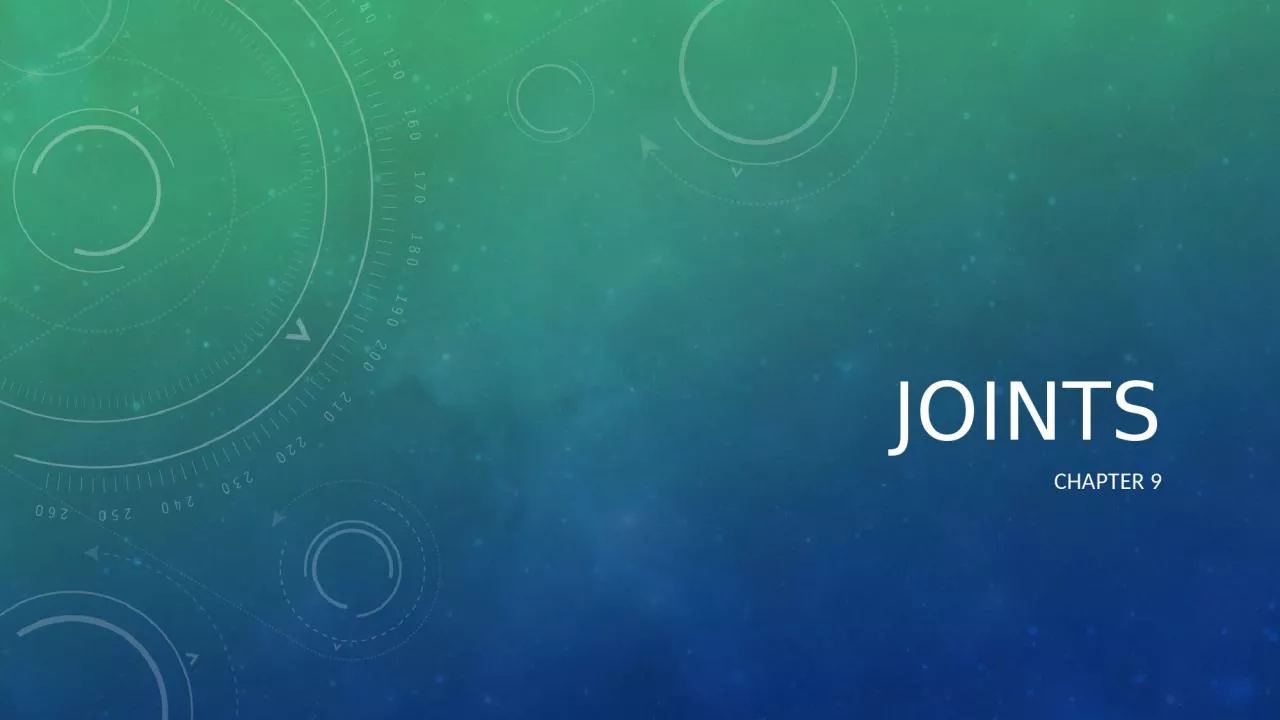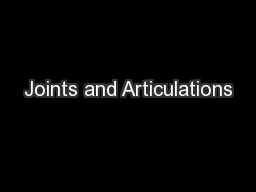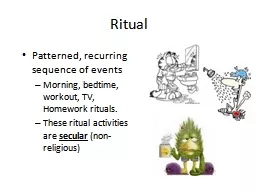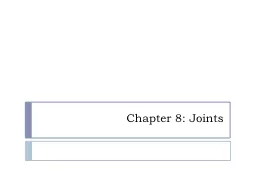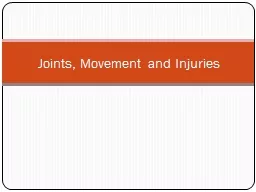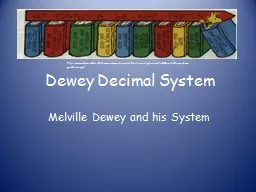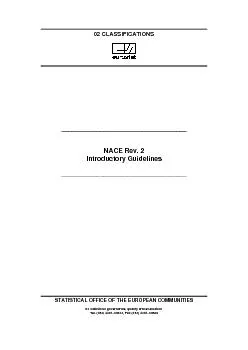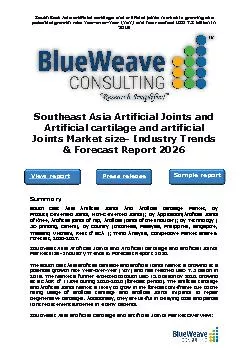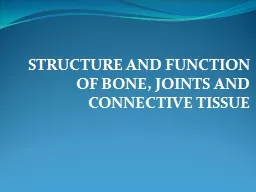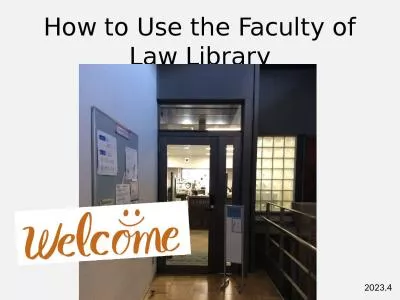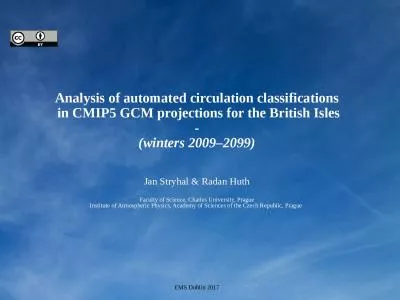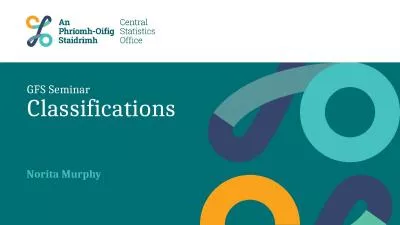PPT-joints Chapter 9 9.1 Joints and their Classifications
Author : DoodleBug | Published Date : 2022-08-04
91 Joints and their classifications Joint any point where two bones meet both movable and immovable Arthrology science of joint structure function and dysfunction
Presentation Embed Code
Download Presentation
Download Presentation The PPT/PDF document "joints Chapter 9 9.1 Joints and their Cl..." is the property of its rightful owner. Permission is granted to download and print the materials on this website for personal, non-commercial use only, and to display it on your personal computer provided you do not modify the materials and that you retain all copyright notices contained in the materials. By downloading content from our website, you accept the terms of this agreement.
joints Chapter 9 9.1 Joints and their Classifications: Transcript
Download Rules Of Document
"joints Chapter 9 9.1 Joints and their Classifications"The content belongs to its owner. You may download and print it for personal use, without modification, and keep all copyright notices. By downloading, you agree to these terms.
Related Documents

